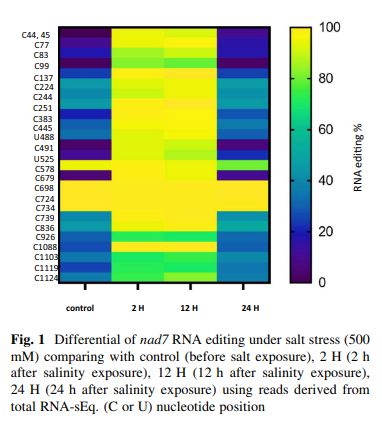
Medical nanorobots: Design, applications and future challenges
Following the current technological revolution, the concept of emerging fields and getting a common benefit becomes a bright way to follow. Going deeper in nanotechnology, nanorobotics has been the glimpse of hope in many fields; particularly, in the medical field. Nanorobotics applications in medicine are divided into two main categories, diagnosis and treatment, and extensive efforts have been given to research about its operation principles and design. Unfortunately, problem have emerged regarding the implementation, methods of actuation, and customized components of nanorobotics to be used in vivo. Recent explorations into swarm robotics and synthetic biology focused on gathering theoretical results rather than applicable implementation. In this chapter, a full review is approached starting with a thorough introduction about nanotechnology, robotics, and medicine applications, and how they are evolved to introduce the track of using nanorobots in medical applications. Sensors, actuators, nano controllers, and other necessary parts in a nanorobot are shown with several designs based on previous research. Going a step further, to manufacturing and implementation, recent applicable designs that have been experimented on in drug delivery, detection, and manipulation are discussed along with their motion principle and the common fabrication techniques. Control and navigation of nanorobots using different algorithms are presented as it is considered a solid part of the review showing how to use the mathematical positioning concepts to deal with the whole nanorobot as a model. After all of this, several applications are provided in order to show how effective the nanorobots are in diagnosis, treatment, target detection, and even complicated surgical missions. Intensive research is done to collect the most recent applications used in critical surgical fields such as optical surgeries, cell manipulation, and cancer treatment, to illuminate the practical aspect of nanorobots. Aiming to take a further step towards implementation of nanorobots, this research does not only fill the gap between theoretical analysis and manufacturing approach, but it also provides a sufficient work in highlighting the future implementation concerns and the upcoming research gaps. In other words, it shows the limitation of the current state of research and how it can be overcome easily. © 2020 Elsevier Inc. All rights reserved.



